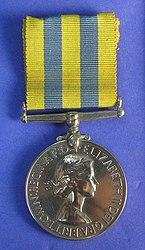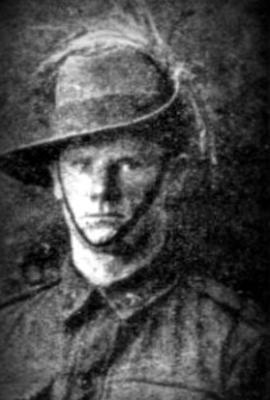Australian Army Bugle
The Australian Army bugle is not just a musical instrument; it is a symbol of tradition, honour, and continuity, connecting the present generation with those who have served. An Australian Army bugle is a brass musical instrument used primarily for military purposes, including signalling commands, ceremonies, and other official functions. It has a distinctive appearance and plays a significant role in military traditions and history. The Australian Army bugle is a double twist instrument, 11in in overall length, the main body being a copper tube which is shaped into two roughly oval coils leading away from the brass mouthpiece and ending in a bell, also in brass, with a diameter of 4in. A bugle weighs around 600–800 grams,
While there might be slight variations in design and materials used, the general characteristics of an Australian Army bugle are as follows:
Material: The bugle is typically made of brass, which gives it a bright and resonant sound. Brass is a durable metal that can withstand the rigors of military use.
Shape: The bugle has a long and slender shape, resembling a cone with a cylindrical bore. It is designed for ease of use and portability during military operations.
Bell: At the end of the bugle, there is a flared bell that widens to project the sound effectively. The bell's shape helps create a clear and distinctive sound that can be heard over long distances on the battlefield.
Valves: Unlike other brass instruments like trumpets or cornets, bugles do not have valves or keys. The sound is produced solely by the player's control of their embouchure (lip position and tension) and air support.
Mouthpiece: The bugle has a small and shallow mouthpiece, which requires the player to have strong lip control and precise technique to produce the correct notes.
The modern metal bugle was developed as a signalling and communications device from an instrument originally made from animal horn, its name originating from the Latin word buculus, meaning bullock. Formal military use of such a device in the British army began around 1764, when a German instrument, the Halbmondbläser, or half-moon bugle, started to be accepted by a small number of British infantry regiments. After 1855 all regiments in the British Army were issued with a standard bugle, designated the British Duty Bugle, which is still in service up to the present day. The Australian Army has followed this tradition.
Bugle calls were quickly standardised amongst infantry regiments for use in camp and barracks to direct men to a particular duty and signal events such as Reveille, Mess Call, Last Post and Lights Out. In addition to the more mundane camp calls, the cavalry bugle was also used to issue orders while in combat, typically Charge, Walk, Trot and March.
By 1914 and the beginning of the Great War the introduction of telegraphs, field telephones and wireless resulted in the bugle being relegated to camp and ceremonial use.
Details
Details
The bell of bugles originally purchased for issue by the Australian Army is almost invariably stamped on the outer surface with the maker's name, a year (indicating the date of purchase) and the War Department's Broad Arrow.. Army bugles typically were not issued with regimental badges on the bell. Such bugles tend to be modern reproductions of indifferent quality produced as commemoratives or souvenirs..
The Australian Army Museum of WA has several bugles within its collection and on display. A few are provenanced to individuals and units with substantiated research. Many however reflect the general issue nature of the item and have passed through the hands of multiple users.
Australian Army Museum of Western Australia
Australian Army Museum of Western Australia
Other items from Australian Army Museum of Western Australia
- United Nations Service Medal Korea
- The Korea Medal
- Medal Group Miniatures - Lieutenant General Sir Joseph John Talbot Hobbs, KCB, KCMG, VD
- World War 1, 47 COX, 10 Light Horse, 1914
- World War 1, 48 CREEPER, 10 Light Horse
- World War 1, LLOYD, 10 Light Horse
- World War 1, 51 HALE, 10 Light Horse, 1914
- World War 1, 52 HALL, 10 Light Horse, 1914
- World War 1, 53 HEATH, 10 Light Horse, 1914
- World War 1, 56 MOONEY, 10 Light Horse
- World War 1, Australia, Western Australia, FERRIS, 10 Light Horse
- World War 1, Australia, Western Australia, 109 FENWICK, 10 Light Horse




Scan this QR code to open this page on your phone ->












